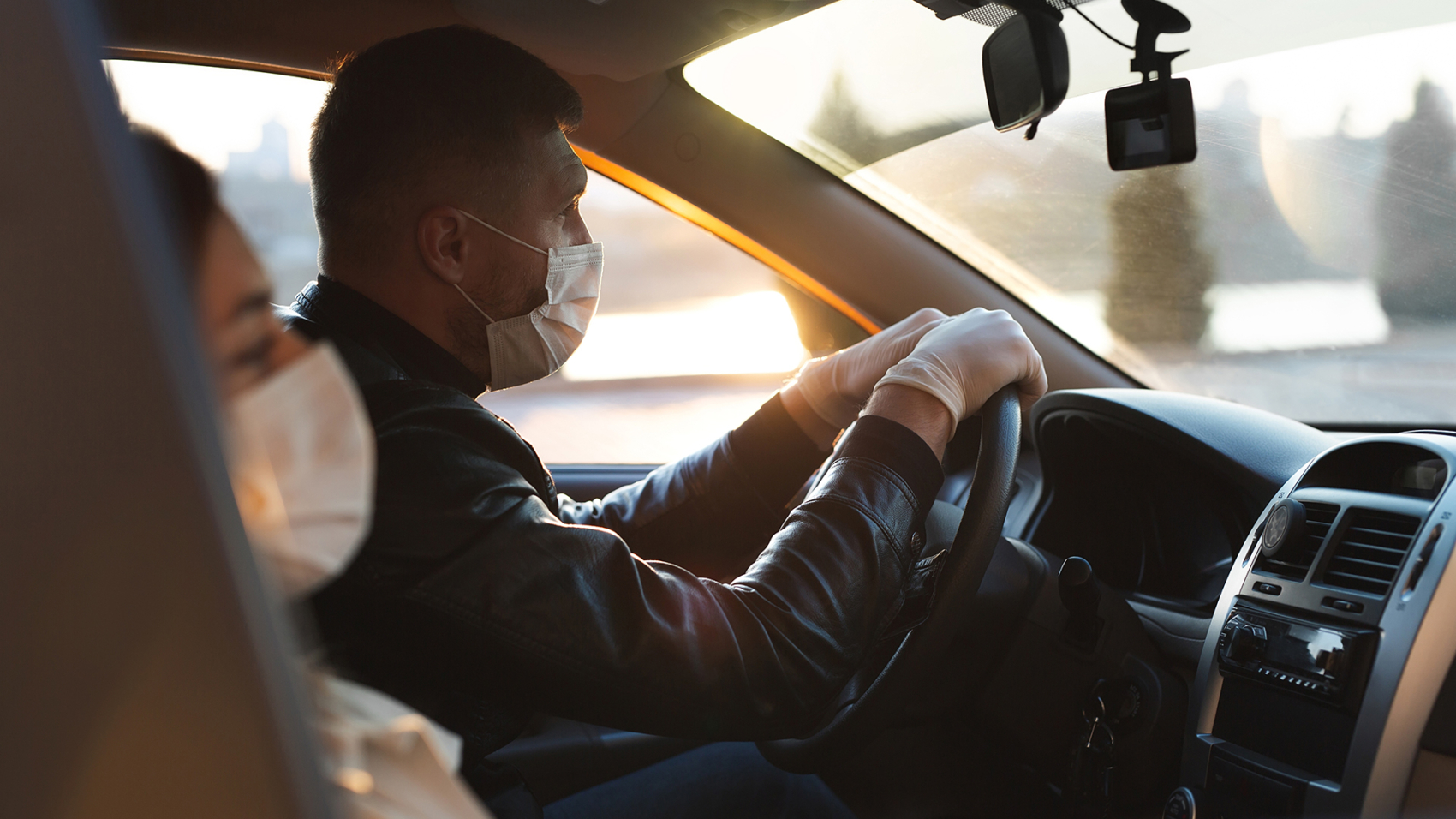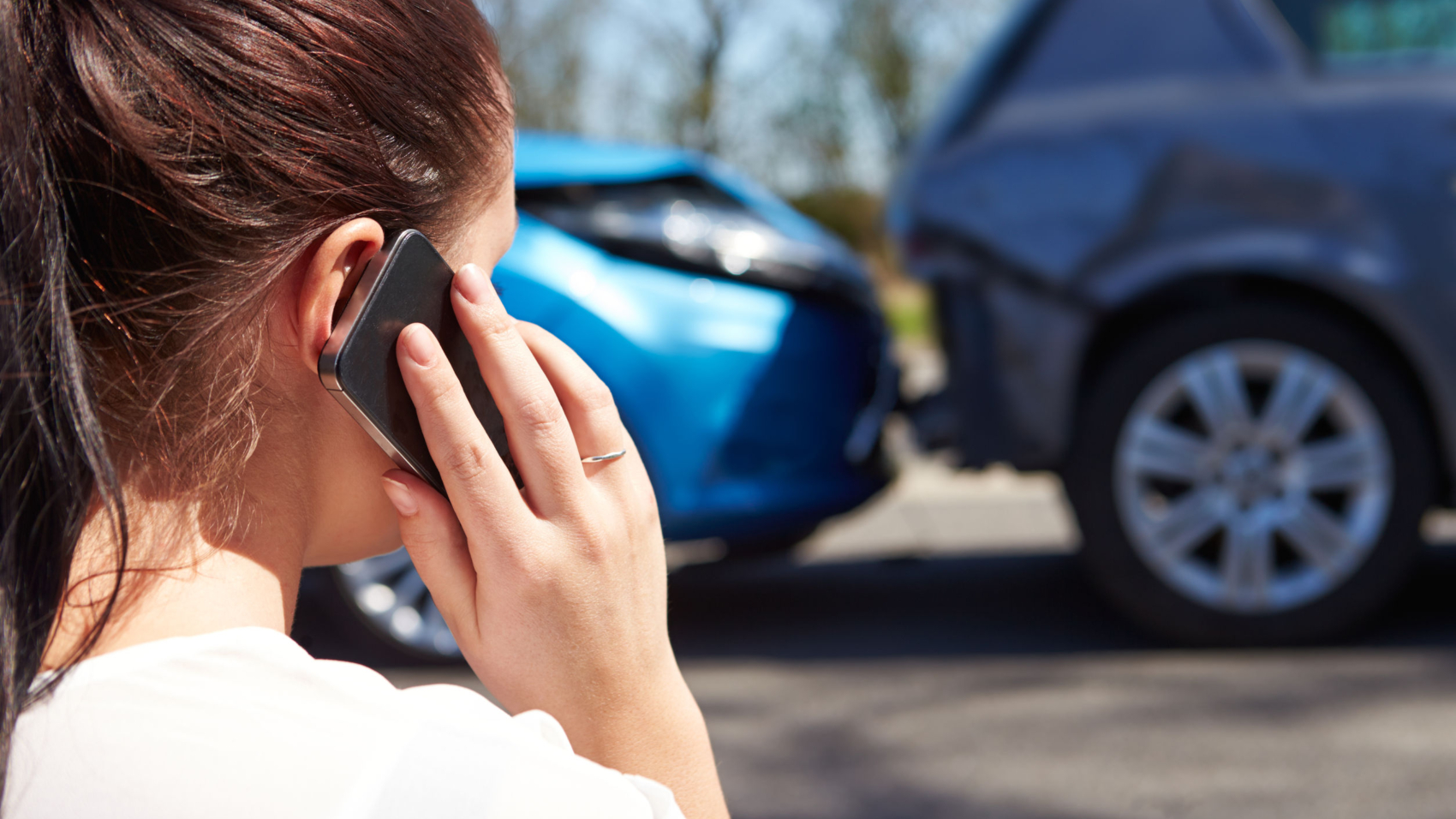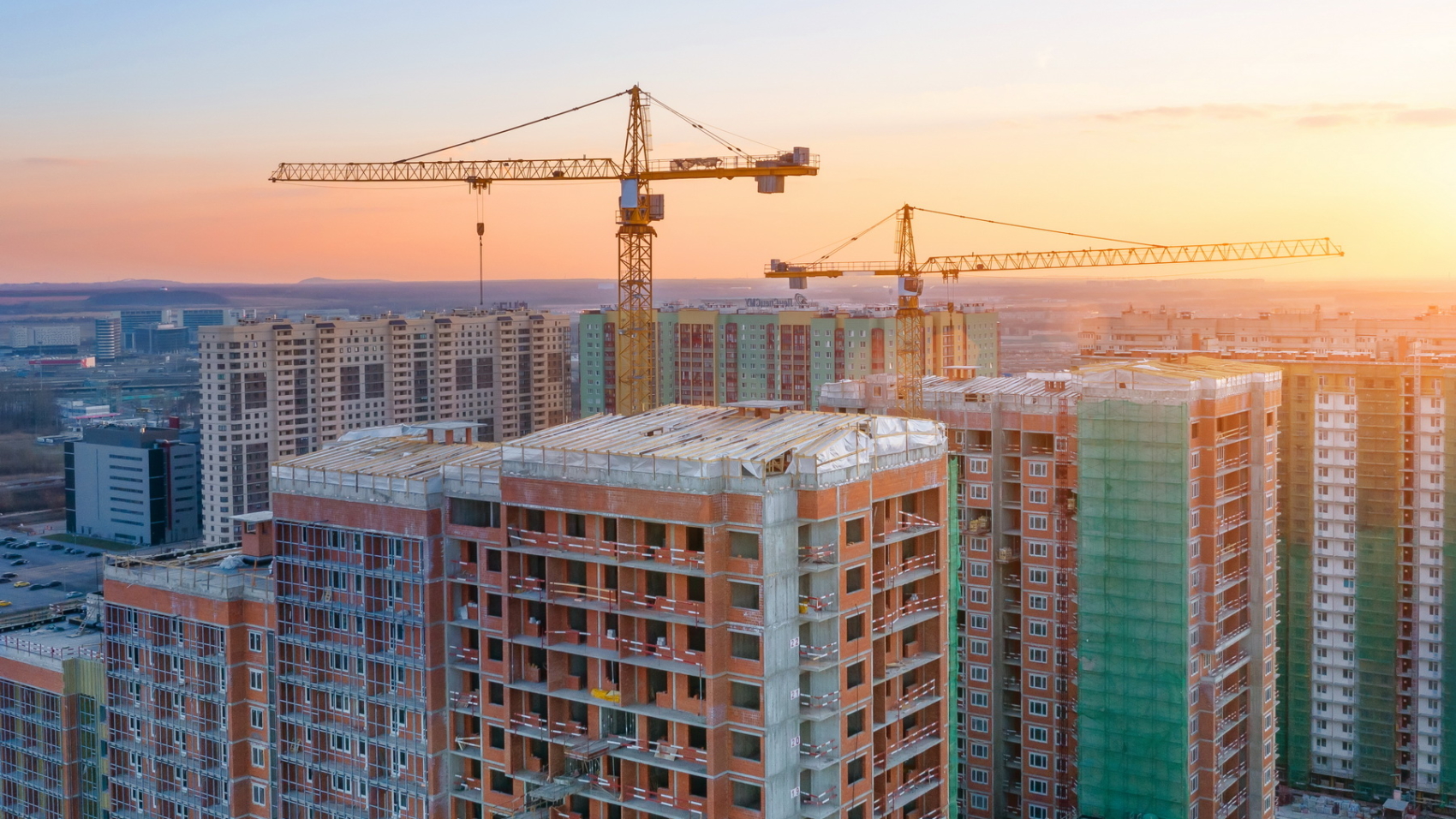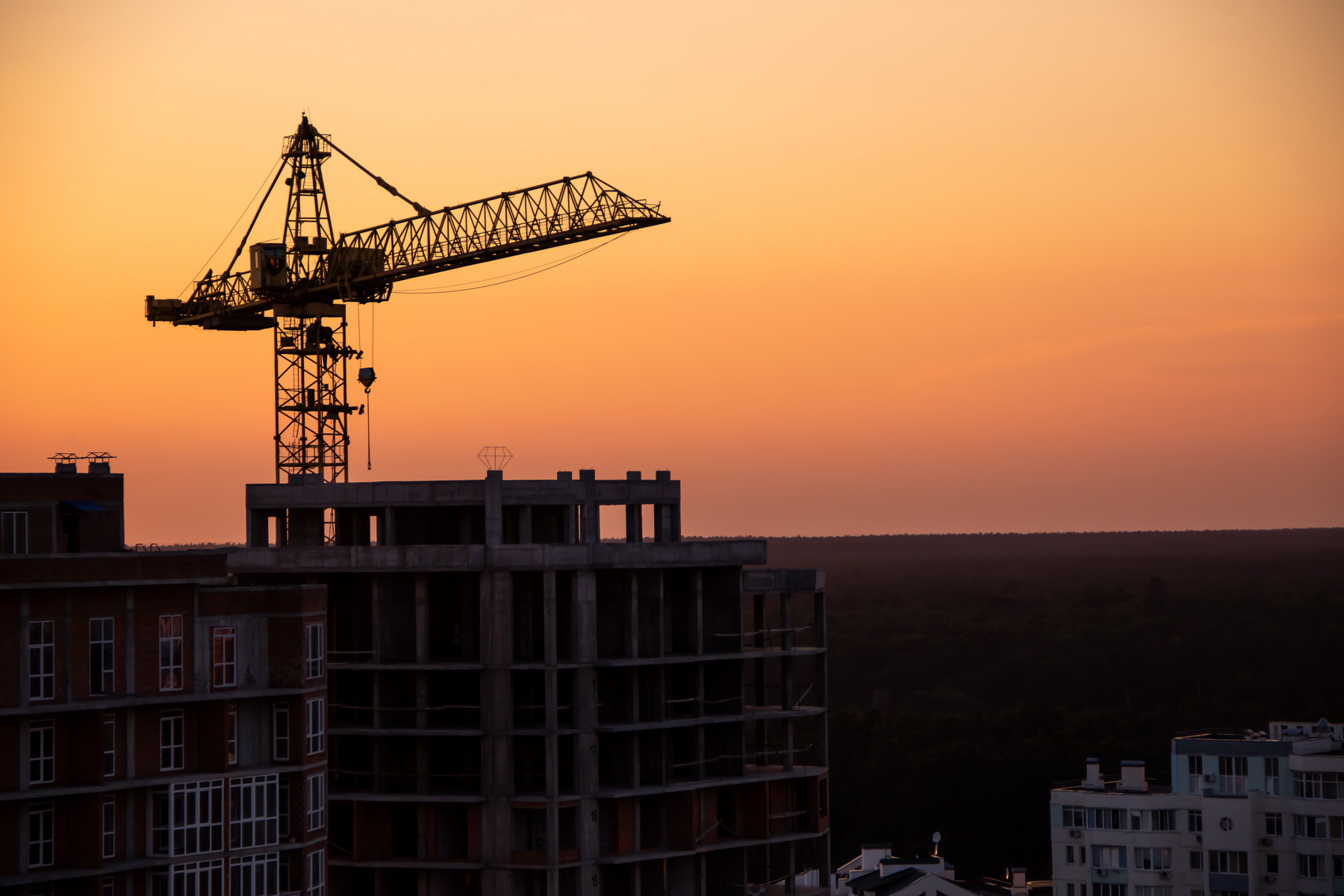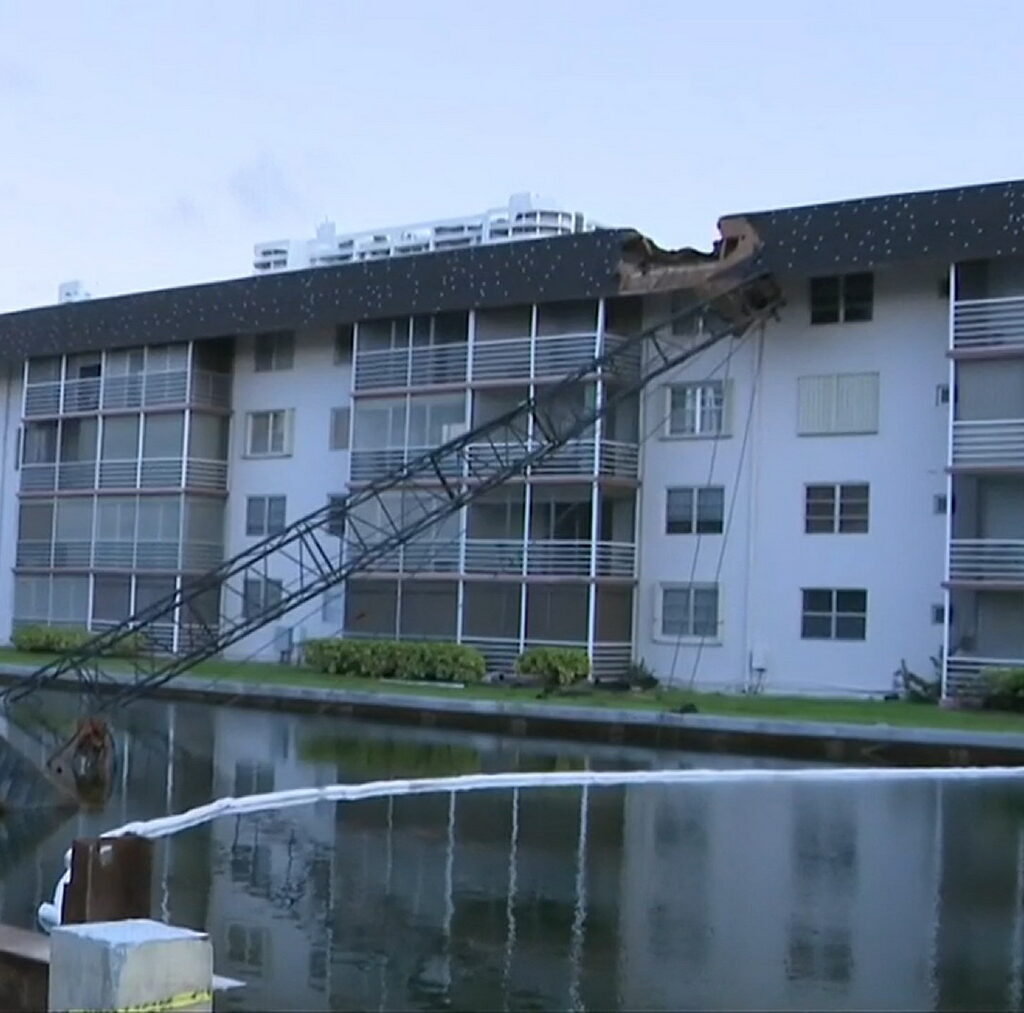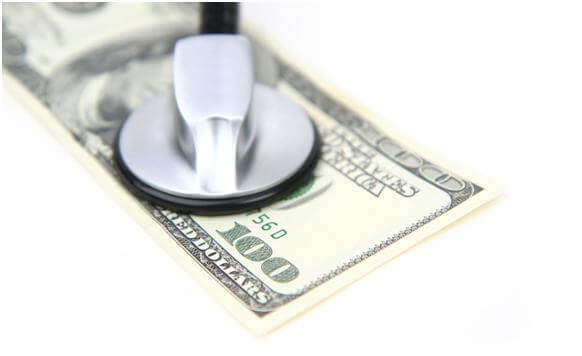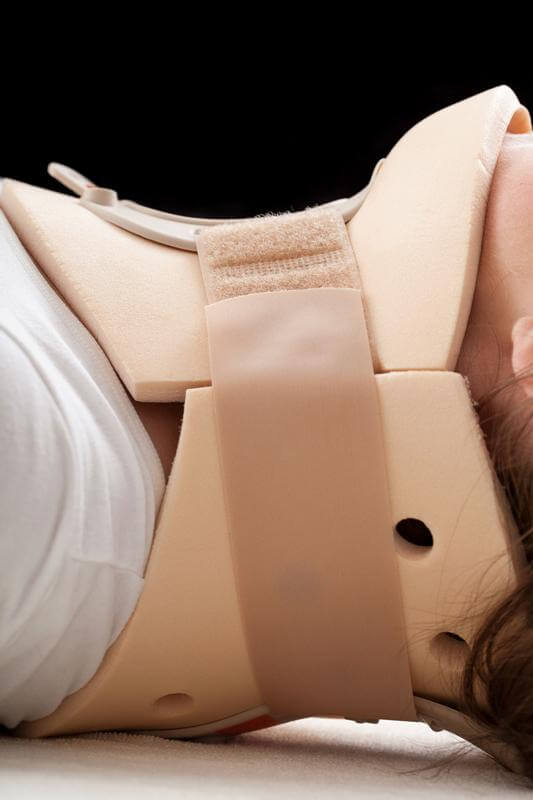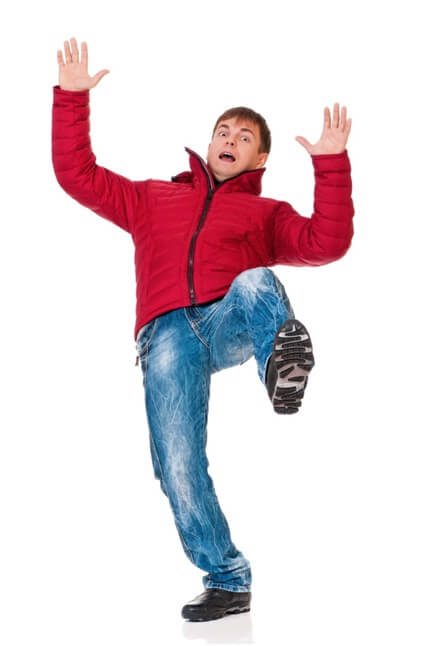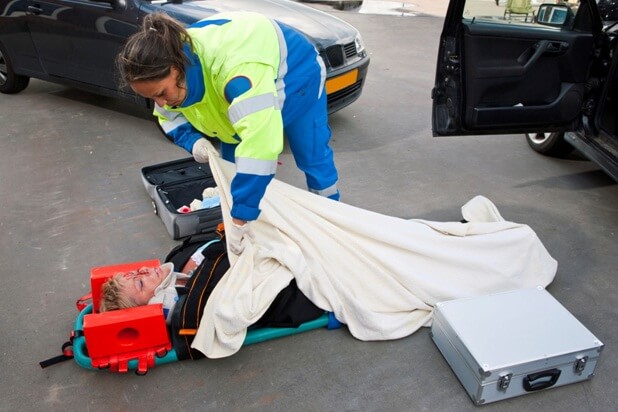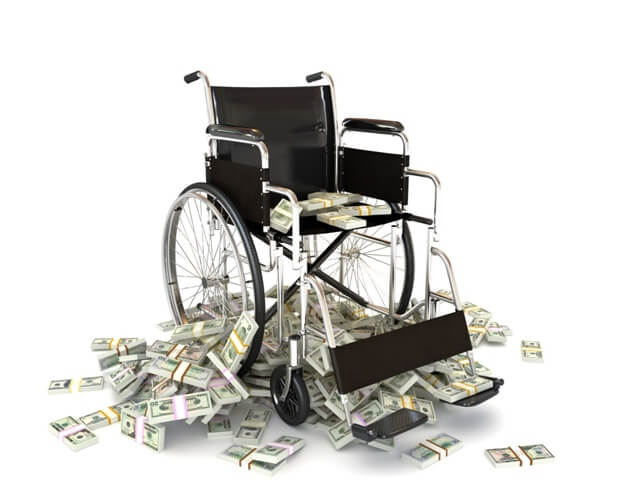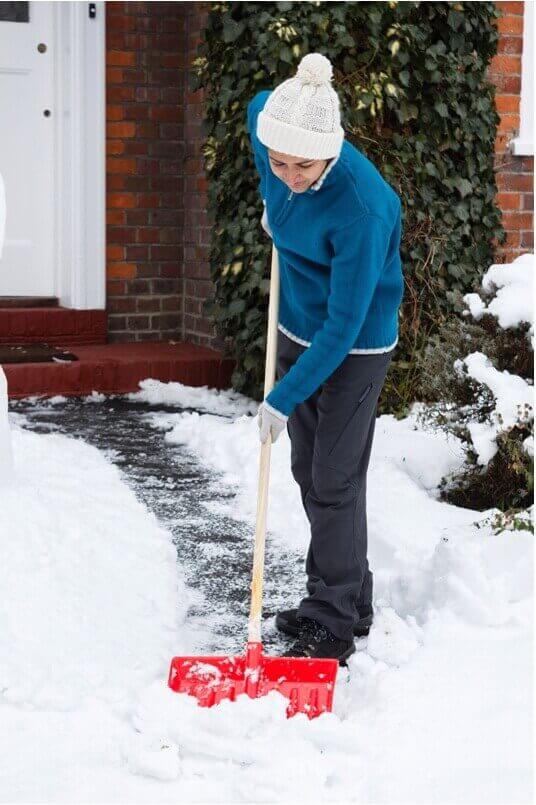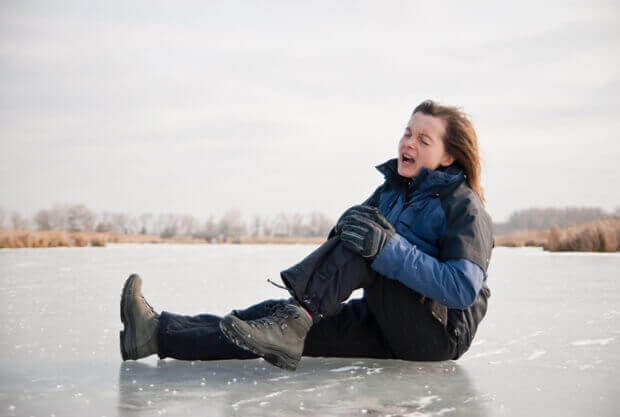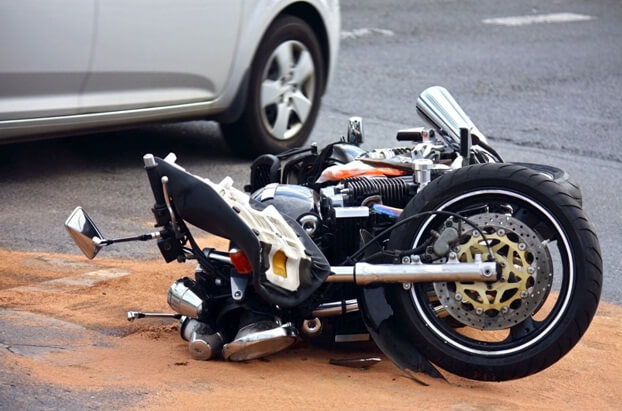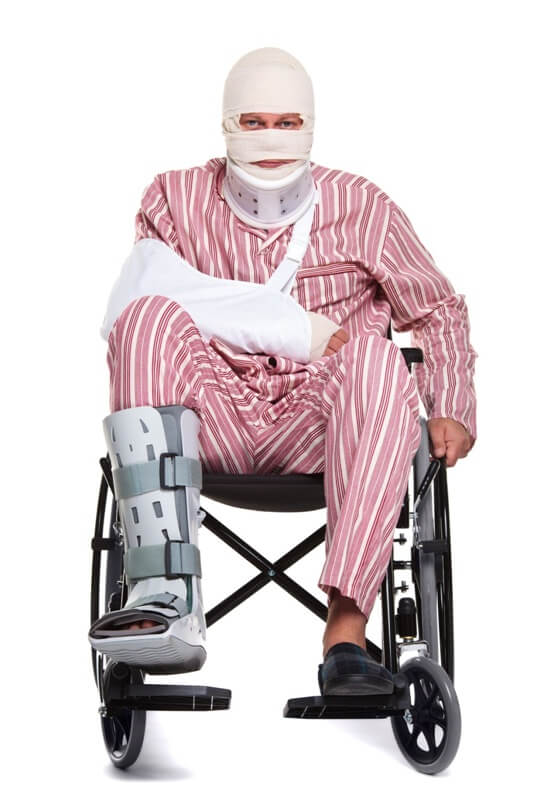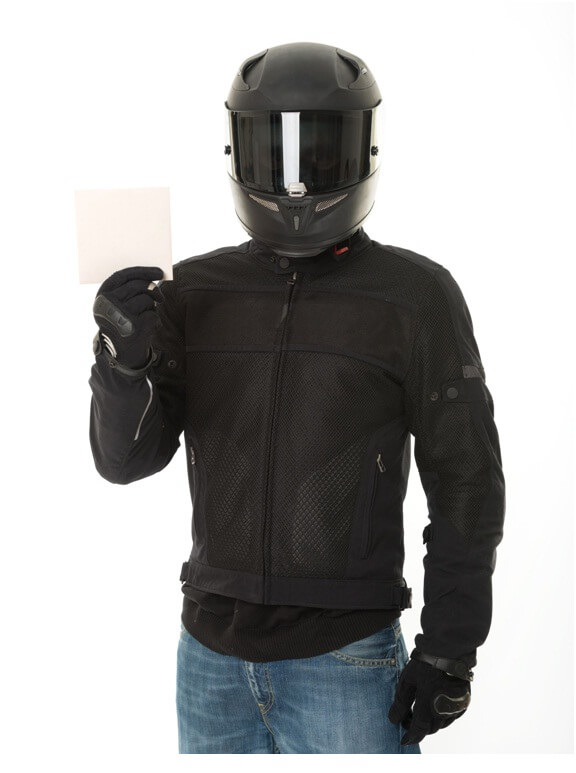COVID-19 has created a dramatic shift in all of our lives and even on our South Florida roadways. With residents holed up at home, working remotely and running fewer errands than ever, rush hour traffic has dipped considerably. Shuttered bars and restaurants has meant fewer drunk drivers on the roads and less auto accidents.
Those who must and do go out may be under the impression that the roads are safer due to this dip in traffic congestion we’ve seen throughout the state. They have evidence to support that belief too.
Florida drivers were involved in 9,469 crashes in June compared to 31,128 in 2019.
However true, that belief for many drivers contributes to the most serious and fatal auto accidents that can happen.
The Need For Speed
A recent report by the Governors Highway Safety Association (GHSA) stated that many drivers across the U.S. are pushing the needle to speeds greater than 100 mph. FHP have also reported drivers are traveling at speeds of 20-40 mph over the posted speed limit on average.
“Law enforcement officials have the same mission as health care providers — to save lives. If you must drive, buckle up, follow the posted speed limit and look out for pedestrians and bicyclists. Emergency rooms in many areas of the country are at capacity, and the last thing they need is additional strain from traffic crash victims,” said GHSA Executive Director Jonathan Adkins.
Caution Your Confidence
The roads may appear empty and safe for you to push the pedal a little further. Just a few MPH over the speed limit is no big deal, right?
Out of the 9,469 crashes in June, 54% were speed related and 37% of those were fatal.
Due to distracted driving, unsafe road conditions and a myriad of circumstances we’ve seen can happen here at The South Florida Injury Law Firm, we know the roads are never as safe as they may seem.
It’s difficult to foresee auto accidents, the injuries that can come from them and the lifelong effects they have. It can put even a bigger dent in finances that COVID-19 have already burdened so many with. It is even worse when you know somebody else through their negligence caused you suffering, and that’s why you need to fight hard to get compensated for your loss. Be cautious and remember these steps we’ve put together for you to be better prepared:
What to do at the scene of an auto accident during this time of COVID-19
- Get medical attention for those who are injured.
- Still Practice Safe Distance. Stay 6 feet away from the other driver.
- If you are able to without discomfort, pay mind to and keep your mask on.
- Get the name and the driver’s license of the driver of the car that caused the collision.
- If the driver leaves, get the license plate number of the car. If this is not possible, at least get a description of the car including the make, model, color, and any descriptive information you can.
- Call the police. If the car leaves, do not endanger yourself by following or chasing it. The police will do their best to track down the culprit.
- Wait in a safe place for the arrival of the police.
- If there are witnesses, try to get their names, contact information, and statements.
- Take photos of the scene of the accident as well as of the damage to your car.
As soon as possible with auto accidents, make your own written statement about what happened. Include as many details as you can about how the accident occurred. Note exactly where the accident occurred, whether there were traffic lights or a stop sign, what you observed the other driver doing, and any other information that seems relevant.
If someone sustains a head wound, broken arm or puncture wound, the injuries are obviously serious, and medical assistance should be sought immediately. But many times, accidents result in aching or overall soreness. It can be tempting to shrug this soreness off, as the pain may even subside over the following days. Not seeking medical attention can be a major mistake.
Get an Attorney
When searching for the best personal injury lawyers in South Florida, or if you have experienced an auto accident or injury, be sure to check for experience, track record, and reviews from their past clients.
Our team have 100+ years of combined legal experience, so we’ve handled just about every kind of injury and accident case you can imagine. We also come from diverse legal backgrounds that help us when preparing for cases, counting a former public defender and a lawyer who worked for insurance companies and knows their tactics among our partners.
During this time, we urge you to be safe on the road and if you have been in an accident, know that you deserve to be compensated for your pain and suffering – and those responsible deserve to be held accountable for their actions. That was The South Florida Injury Law Firm’s goal when it was founded in South Florida in 1991, and it has remained the centerpiece of the firm’s mission ever since that time.




